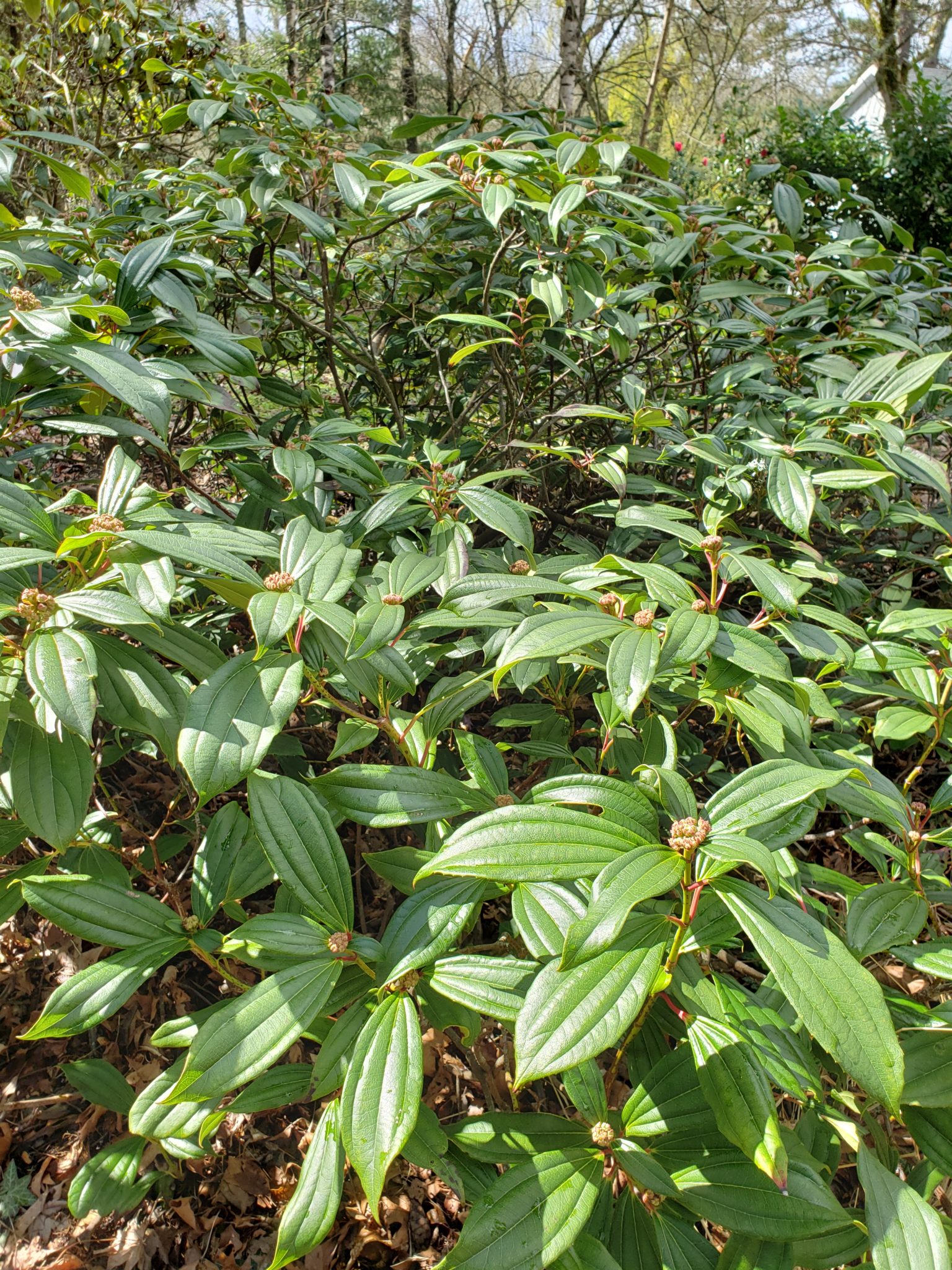
Shrub Pruning
The natural forests of the Pacific Northwest are characterized by several canopy layers—from the towering canopies of Douglas firs; to the under story shrubs including rhododendron and salal; down to ground-covering ferns. In the Portland area’s urban forest, shrubs grow in an astounding variety and can be kept small under the kitchen window or be allowed to grow to be impressive foundation plantings over time, some reaching heights of thirty feet or more.
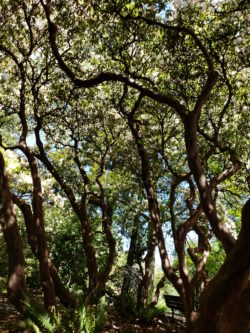
Tree or Shrub
If shrubs can grow taller than a house, like the rhododendrons seen above, then what is the difference between a shrub and a tree? The growth forms of trees often have a better-defined central leader, with branching occurring higher off the ground. Shrubs often have more than one main stem that branch lower to the ground.
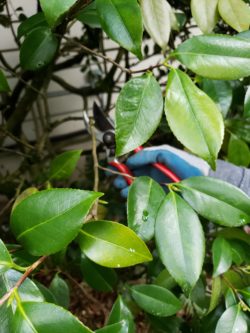
Arborist Shrub Pruning
Proper pruning of shrubs and trees involves technique and timing and is important to maintain a healthy, strong structure and maximize flowering. Our arborists recommend pruning your shrubs regularly throughout their life to promote a balanced, strong, open structure. This minimizes breakages, disease, and growth infringement on surrounding plants and buildings. It is the growth habit of each individual plant, the landscaping niche it fills, and the proximity to structures that guide our ISA-certified arborists when they prescribe tree or shrub pruning.
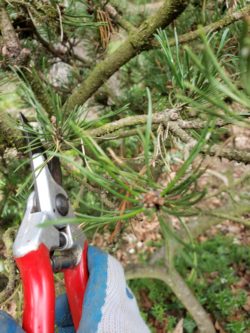
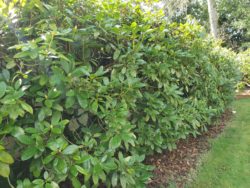
Different shrubs can be pruned into different forms including hedge form, tree form, and small shrubs. Each of these forms requires a different approach to pruning to keep the plant vigorous and healthy, generally requiring a combination of ornamental, structural, and clearance pruning. Ornamental pruning of shrubs improves the aesthetics of the plant by removing epicormic shoots, removing dead wood, and shaping the outer canopy. Structural pruning of shrubs promotes a more robust and balanced form by removing crossing branches, removing secondary growth if an upright tree form is desired, slight thinning of growth, and reduction of end-weight. Clearance pruning of shrubs removes growth that may infringe on structures, sidewalks, or other plants.
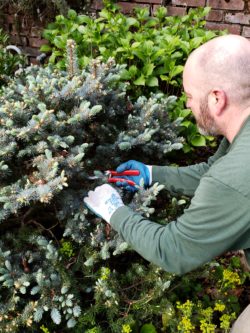
Our ISA-certified arborists prioritize the long-term health of the plants while prescribing proper tree and shrub care. Unlike trees, the amount of plant material that can be safely removed from shrubs varies significantly between species. Some species should not have more than 30% of the canopy removed at one time. Removing more than this amount would negatively affect the plant’s health long-term. Other species can be cut low and allowed to resprout. During each pruning, our arborists are guided by their knowledge of how each shrub species will respond to the amount of plant material removed.
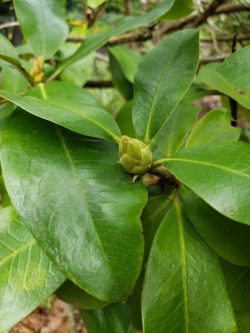
The timing of shrub pruning depends on the goal of the prune and the type of plant. Many ornamental shrubs are grown for their flowery display. Timing the pruning of rhododendrons, azaleas, and camellias soon after blooming maximizes the next year’s flowering because these plants bloom on the previous year’s growth. If maximizing flowery display is not the main goal, then structural and ornamental pruning of shrubs is generally recommended in the winter or early spring when plant metabolism and insect activity are low.
Shrubs are important foundation plantings that need regular pruning to stay healthy and look their best in your landscape. Our arborists excel at careful pruning of prized shrubs of all sizes and varieties.


